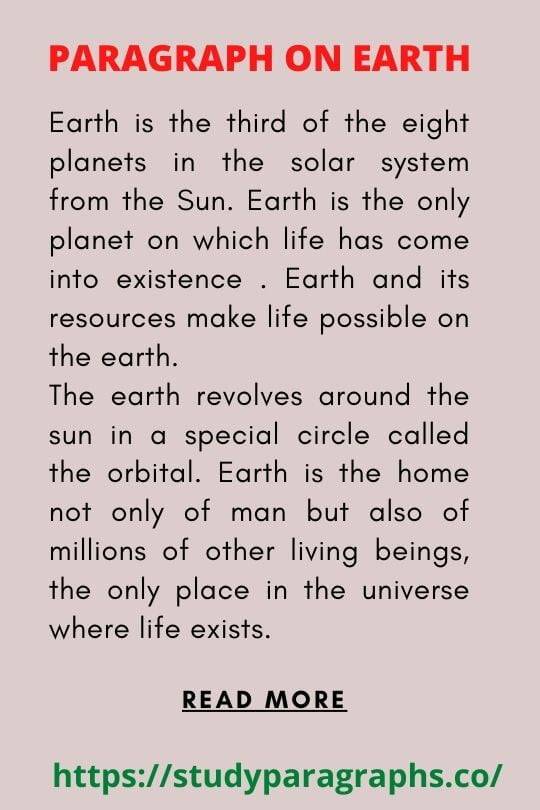An Informative Paragraph On Jupiter Planet
Jupiter, the largest planet in the solar system and the fifth closest to the sun, is known for its colorful bands of clouds seen on Earth’s surface. With a diameter that’s almost 2.5 times that of Earth, Jupiter has an atmosphere made up of mostly hydrogen and helium.
Short Paragraph About Jupiter Planet For Students
Jupiter is a gas giant planet located in the Solar System. It is the fifth-largest planet by diameter, and the largest by mass. Jupiter is composed primarily of hydrogen and helium, with smaller amounts of carbon, oxygen, and metals. Jupiter has a diameter of 123,983 kilometers (77,098 miles), and a mass of 318.9 Earths.
The outer atmosphere of Jupiter is made up of hydrogen and helium gases. The temperature on the surface ranges from -269 degrees Celsius (-450 degrees Fahrenheit) at the poles to 50 degrees Celsius (122 degrees Fahrenheit) at the equator. Winds can reach speeds of up to 640 kilometers per hour (400 miles per hour).
A magnetic field surrounds Jupiter. This field protects the planet from solar winds and particles entering from the Sun. The aurora borealis is seen on Jupiter when radiation from the Sun causes particles to scatter in all directions.
Jupiter is the largest planet in our solar system by both diameter and mass. It is so massive that it is not able to support itself against the force of its own gravity and is instead held up by the gas and dust particles that surround it. Jupiter also has the largest moon of any planet in our solar system with Ganymede being larger than all of the other planets combined.
One interesting attribute of Jupiter is that it has a large number of moons, more even than Saturn which has only seven known moons. This large number of moons is likely due to Jupiter’s strong gravitational pull. The presence of so many moons also means that Jupiter has a much higher chance of having one or more small objects orbiting around it, which can be useful for studying the atmosphere and interior of the planet.
Conclusion
Jupiter, the largest planet in our solar system by far, is a gas giant made up of hydrogen and helium. It is about 125,000 miles wide and has more than 100 moons. Jupiter’s atmosphere is so thick that no sunlight ever reaches the surface, making it one of the most mysterious planets in our solar system. Some scientists speculate that life could exist on Jupiter’s moon Europa because its subsurface ocean may have liquid water.

Hello! Welcome to my Blog StudyParagraphs.co. My name is Angelina. I am a college professor. I love reading writing for kids students. This blog is full with valuable knowledge for all class students. Thank you for reading my articles.



